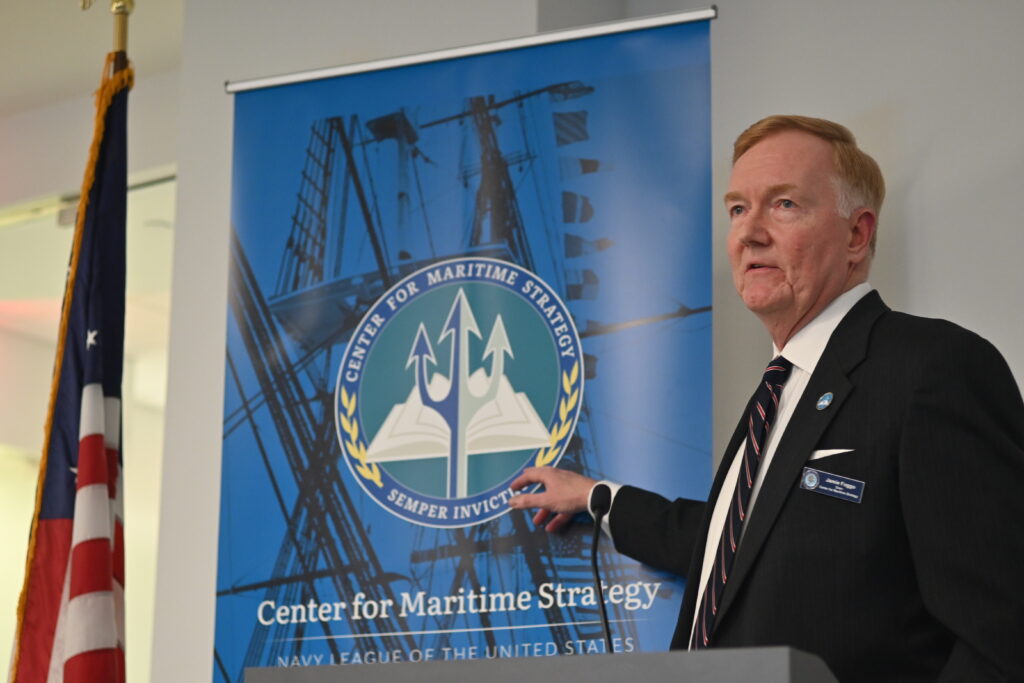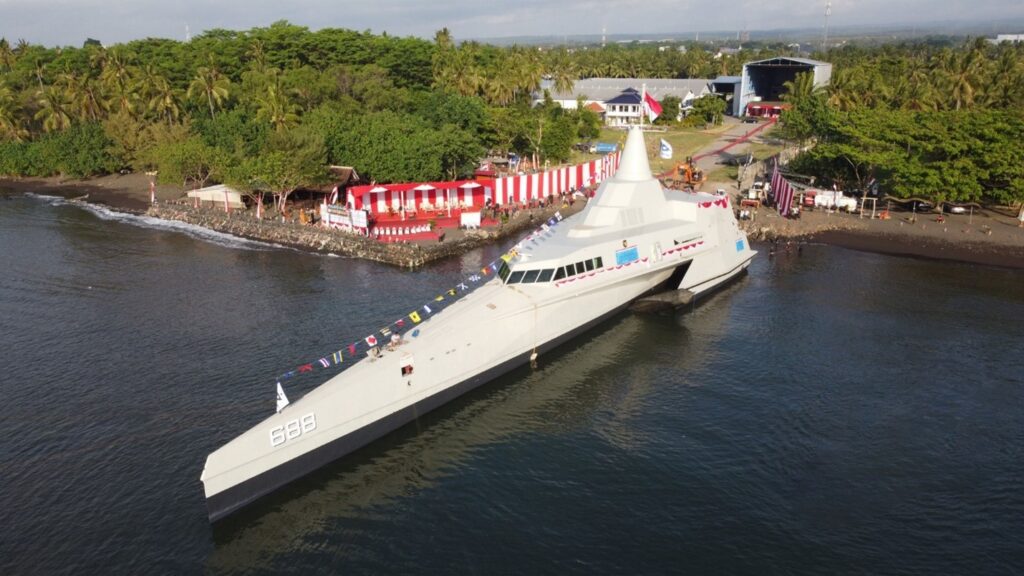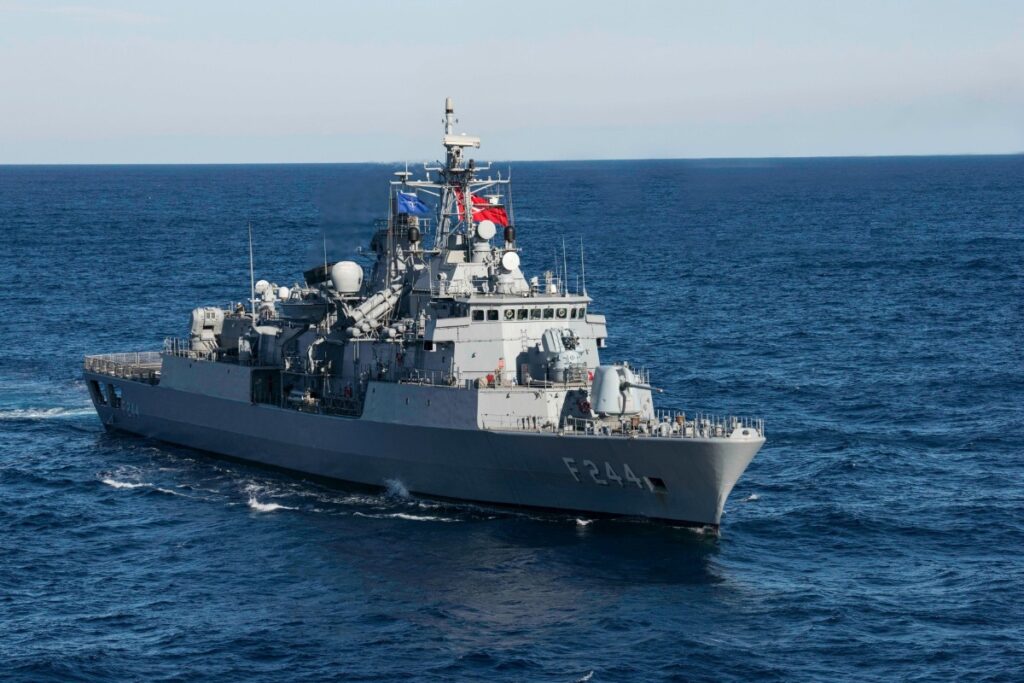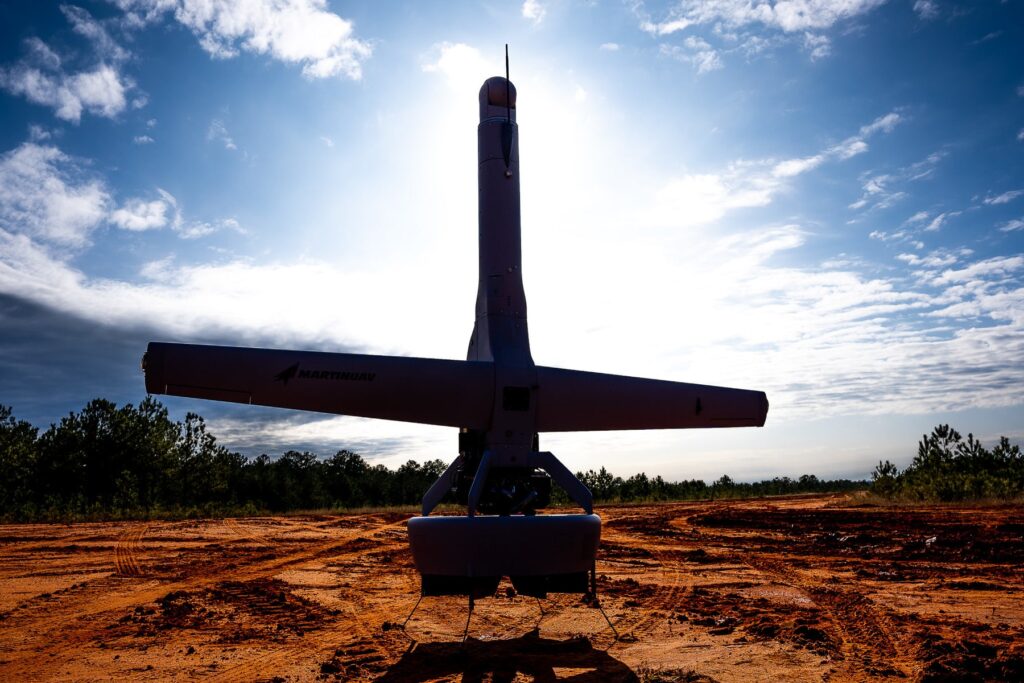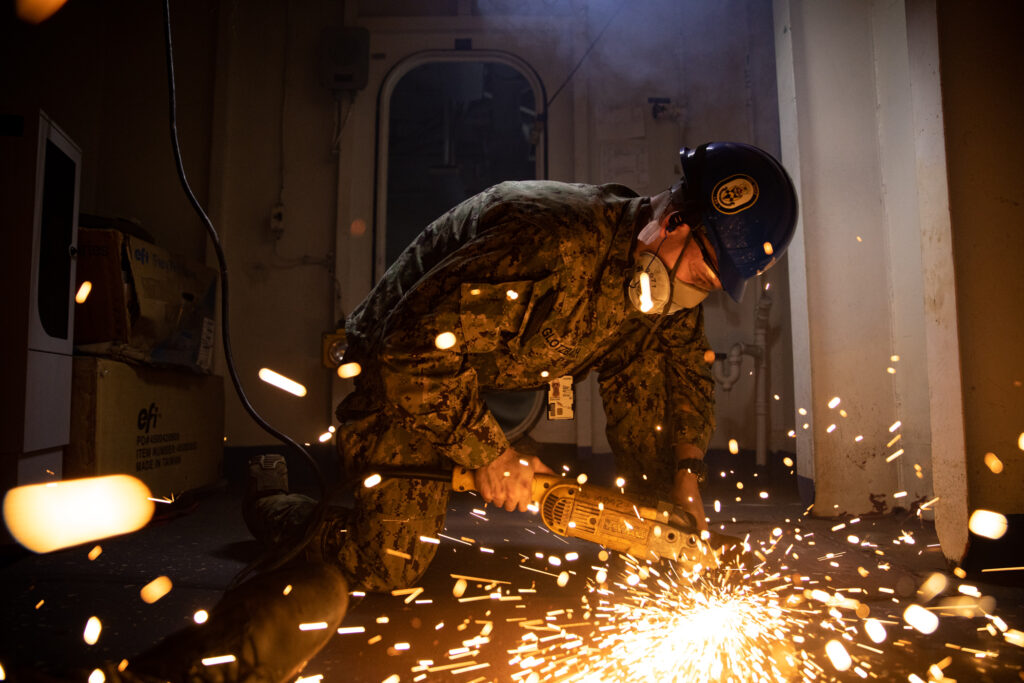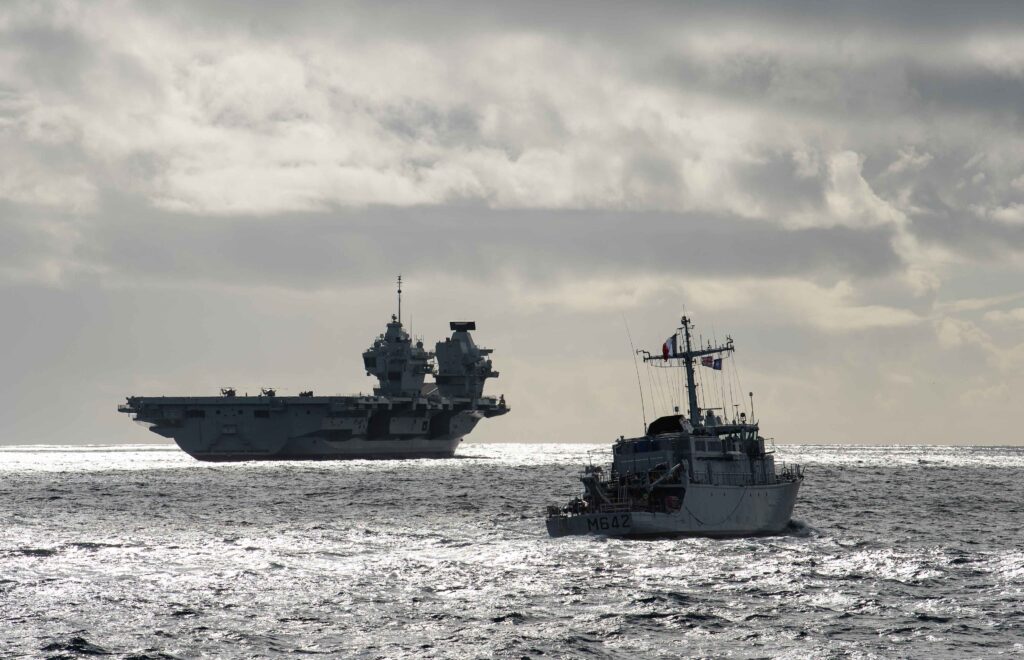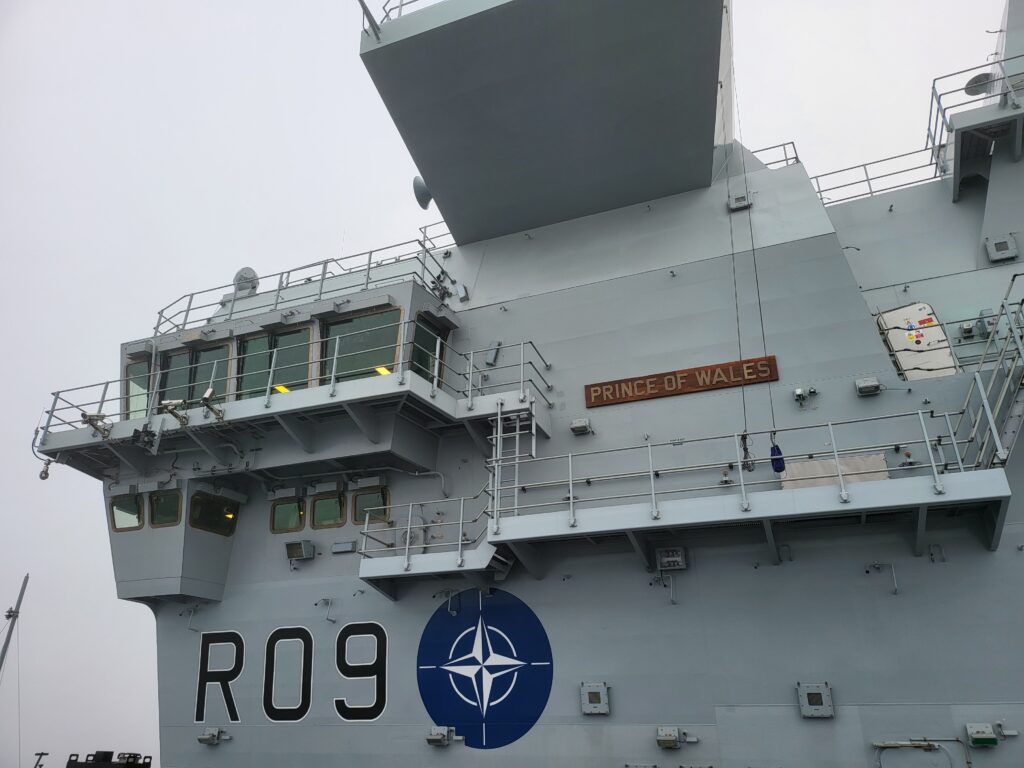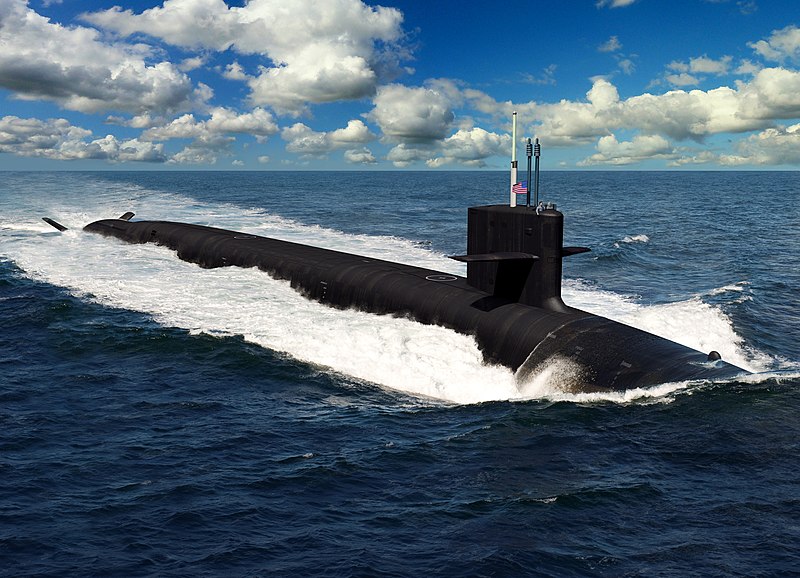Center for Maritime Strategy Hosts Ribbon Cutting
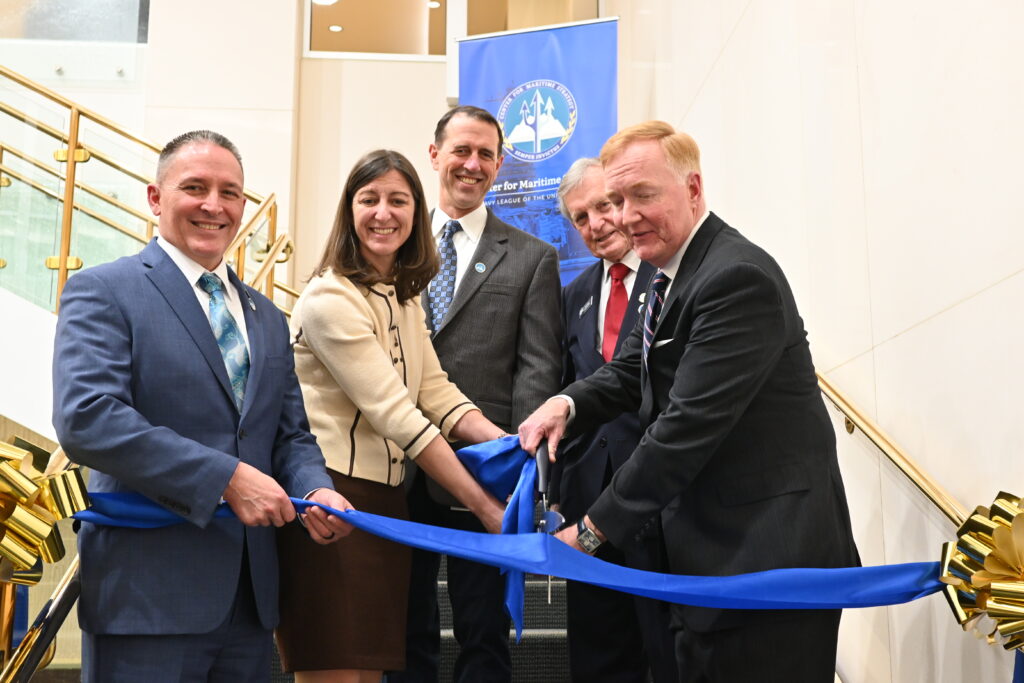
ARLINGTON, Va. — The new Center for Maritime Strategy at the Navy League of the United States held its ribbon-cutting opening ceremony on Jan. 31, with the center’s first dean, retired Adm. Jamie Foggo, saying it will provide thought leadership and advocacy for all the sea services and advocate for a strong industrial base to build the needed platforms that support them.
“Ninety percent of the world’s traded goods go via the sea … there are a lot of actors and factors out there that threaten these sea lines of communication,” Foggo said during the ceremony at the Navy League building in Arlington, Virginia.
He noted the last National Defense Strategy called out five adversaries: China, Russia, Iran, North Korea and violent extremist organizations, all of which remain formidable opponents.
Foggo cited a speech by former Chief of Naval Operations John Richardson about the narrow margin of victory at Midway, which turned the tide in the Pacific in World War II.
“With adversaries surrounding us and our interests, resources tight, and lots of domestic concerns at home, the margins to victory in any future conflict may once again be razor thin,” Foggo said. “It’s our goal in the Center for Maritime Strategy to help the maritime services in collaboration with our leadership in the administration and Capitol Hill, think through this and come up with a winning combination of strategy, force structure, and resources.”

Congressional Viewpoint
Rep. Elaine Luria, D-Virginia, a 20-year Navy veteran and vice chair of the House Armed Services Committee, was the keynote speaker at the event.
“We need a real center like this who can think through and justify” the Navy’s needs, including the number of ships required to fulfill its mission, Luria said.
In the days of President Theodore Roosevelt, a former under secretary of the Navy who supported the founding of the Navy league, shipbuilding was robust, Luria said, and “that was part of the American psyche.”
The message about the importance of the sea services needs to “get outside of this room” and be part of the “dialogue with the American people.”
Attendees at the event included active-duty admirals, congressional staffers, retired flag officers, naval attaches from allies and partners from around the world, representatives from prestigious think tanks and leaders from industry.
